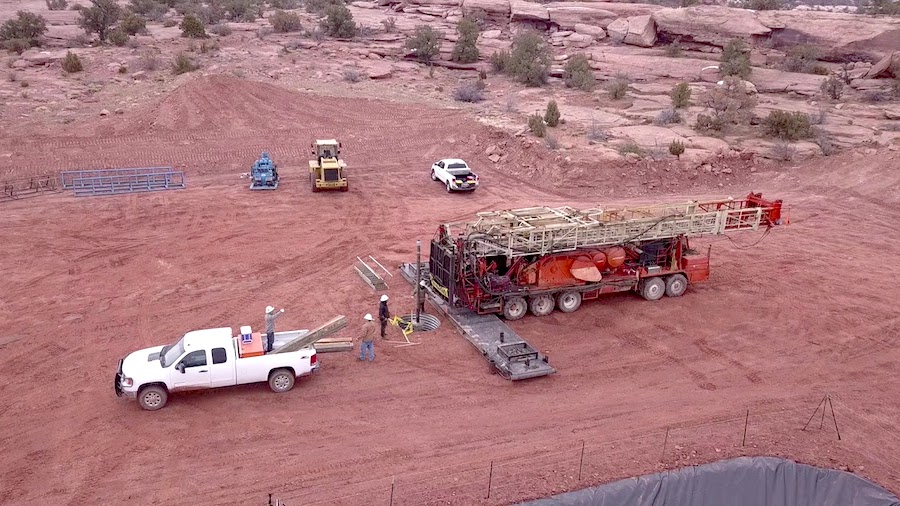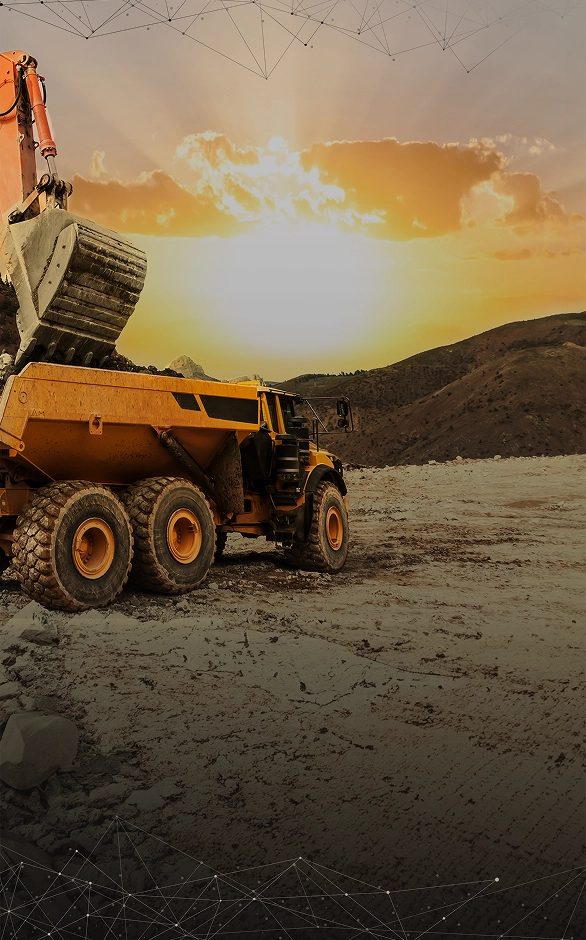Mount Polley disaster prompts new tailings ponds regulations

An aerial view of the Mount Polley mine tailings pond shows the area where the dam wall gave way early on the morning of August 4. (Image from archives)
Miners planning to set up shop in Canada’s British Columbia will now have to consider alternatives to wet tailings ponds, according to new provincial environmental regulations prompted by last year’s failure of Imperial Metals’ (TSX:III) Mount Polley tailings pond failure.
The set of fresh rules, developed in collaboration between the ministries of environment and mines, order mining companies to consider the possibility of a tailings disaster and evaluate the environmental, health, social and economic impacts of an accident.
The new requirements apply to all mining companies with applications under environmental assessment and are an interim measure while the Ministry of Mines completes a review of current mining regulations.
Mount Polley open pit copper and gold mine, located in central B.C., gave way on August 4, sending the equivalent of 2,000 Olympic swimming pools of potentially toxic mining waste into Hazeltine Creek and Quesnel Lake.
Earlier this year Imperial Metals released a summary of its testing program on affected waters and sediments since the breach, concluding it was impossible to find toxicity that could be attributed to metals concentrations.
More News
{{ commodity.name }}
{{ post.title }}
{{ post.date }}




3 Comments
raifon
You can legislate all you want and nothing will change. What you need is enforcement which forever and a day has been a Provincial Government responsability. They haven’t been inspecting anything for 15 years. Even BC Hydro has to take over responsability for inspection of their dam structures as the government once again doesn’t do its job. I can see it now, WAC Bennett Dam springs a leak causing a disaster, the government says BC Hydro asleep a the switch, even though it is a government responsability to insure the stability of these structures to protect the public from harm.
john S. metzger
This is welcome, though as Raifon says,”You can legislate all you want….”
The most viable and accessible solution is for the mine owners to promote safe and transparent work, reporting, and monitoring… these practices shared and supported by staff at all levels allow for an informed and cautious work environment. Instrumentation that offers real time warning, whether of poire pressure, prism indicated vector changes, or radar displacement and structural deformation ..all engage the staff and promote safer work practices and a successful mine. This is not NEW, it just needs to be DONE. Deployment can be in a matter of minutes, geocoded data shared amongst site pit and tailings management software — with daily or regular reporting.
The running costs and investment in the available tools is rather “small” (on 3 years schedule about <$16 an hour -- with 1 staff at 60K for 3 years added ...) compared to real and or potential losses realized when no one is watching..year on end ... -- no matter their degrees, or certifications -- the daily work needs to get done and the science applied. Sectoral practitioners and their vendor supporters are eager to engage and support sites and align their best efforts with those of active and visionary staff onsite.
rayban
raifon for Executive in Charge of Inspection Bureau . I cannot do anything except agree 100% . Perfect sir as far as I know .